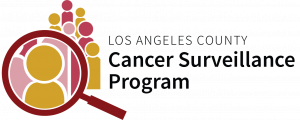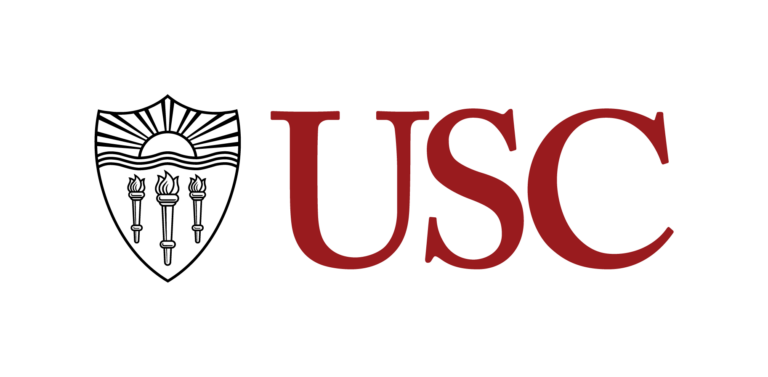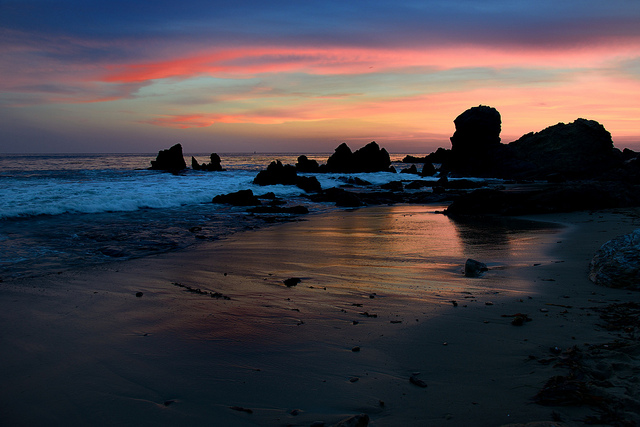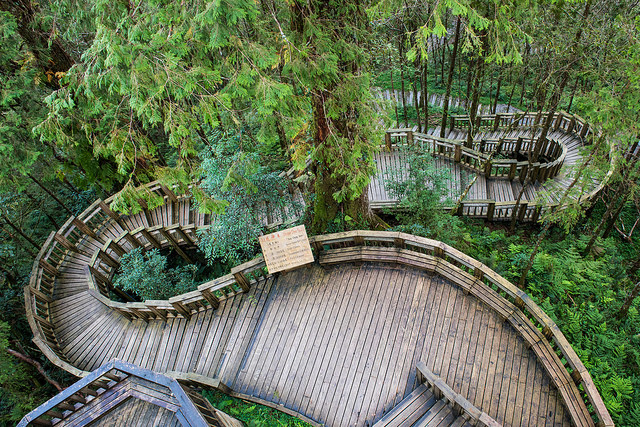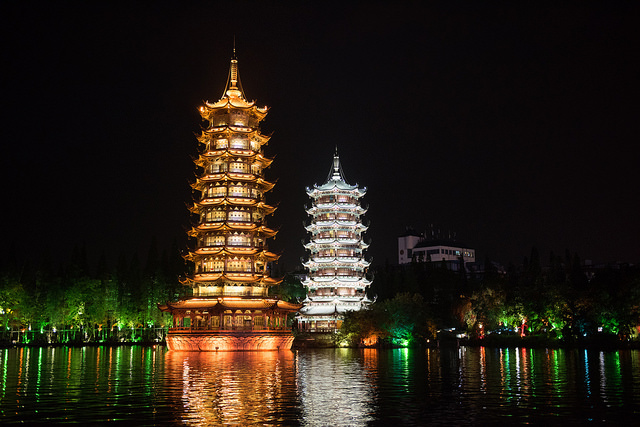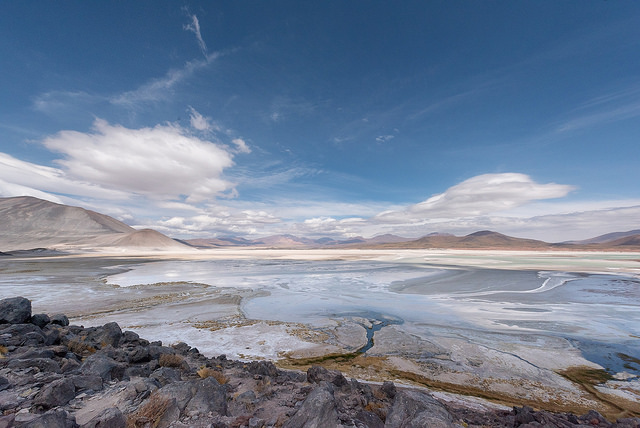Patients & Caregivers
This patient page is intended for all cancer patients in all stages of treatment and strives to use terminology that is inclusive.
Patient In The Spotlight
Hai Hoang, MPH - Osteosarcoma Survivor
Written by Hai Hoang, MPH
“What would you want to be if you could grow up?” “What would you do if you could live for five, ten, maybe even twenty more years?” At age seven, these were the questions that I asked myself during the two years that I lived in Harbor-UCLA Medical Center after being diagnosed with osteosarcoma. These were not thoughts that a young boy should have, but for me, these conjectures brought about wonderful dreams and hopes of tomorrow. At age nine, I knew that if I could live long enough, I wanted to be an oncologist. Now, 27 years later, I am not an oncologist, but I have found purpose and happiness as the Chief Operating Officer of a not for profit organization–Illumination Institute–doing cancer research and finding ways to help cancer patients overcome adversities that I experienced. The cancer experience is a journey filled with uncertainties and hardships. We can prepare ourselves for it, but the path it takes us is always a surprise. Nevertheless, from my personal experience, I can say that the destination will be rewarding if you keep dreaming about the future and move forward.
When I was in my native country of Vietnam, every doctor agreed that I would die within a year after my diagnosis. Cancer was viewed as a death sentence in 1992, so I don’t blame my doctors for giving up on me. Fortunately, as my family was planning for the funeral of a 7-year-old boy–my funeral–my aunt was sharing my story to a customer at her nail salon 7,746 miles from Vietnam in Los Angeles. This was a pivotal moment in my life because this customer was part of the cancer clinical research team at UCLA. A 7-year-old boy with osteosarcoma in 1992 was worth studying. Therefore, I was sponsored by UCLA and the National Institutes of Health to come to America to be studied and treated at Harbor-UCLA Medical Center. I still remember meeting my oncologist–Dr. Lance Seiger (3rd photo above)–who saved my life and distilled in me the desire to help others like myself. As a result, my first words to my sobbing mother–as I woke up from my two weeks coma after my surgery–was, “It’s ok mom. You don’t have to cry anymore. The evil tumor is gone. I am cured now.”
After my surgery, I spent a year and a half in the hospital being treated with experimental chemotherapy and going through almost every medical test that was available at the time. I remember losing all of my teeth, my epithelial cells failing, and getting my food through a tube. Although these experiences were difficult, they were a small price to pay for my life. I’ve witnessed many of the children on the cancer ward at Harbor-UCLA Medical Center not making it. Consequently, this has given me a deep appreciation of everyday that I am alive and an unconquerable spirit. I’ve been dreaming about doing something positive for children with cancer since I was seven. Now that I am alive, I don’t have a plausible excuse–regardless of the adversities.
Believe me, the adversities were many. When I was no longer living at the hospital and started school in America, I was placed in the same classroom as children with special needs. I struggled through my K-12 education–not knowing it was the result of my cancer treatment. It was so bad that my U.S. History teacher suggested changing my name from “Hai” to “Low” because my test scores were abysmal. When I was 18, I got kicked off Medi-Cal and my tending oncologist–the one monitoring my survivorship care, not Dr. Seiger–told me that she would stop treating me when I don’t have health insurance. I didn’t have health insurance for a while and didn’t see any doctor during that time because I didn’t have the money. Nevertheless, these were still not plausible excuses to give up on my dream of helping cancer patients, thus I kept marching forward–despite numerous setbacks. Somehow, I managed to get my Master in Public Health and got accepted as a fellow at the National Cancer Institute (NCI) under the Process of Care Research Branch, the same institution that justified my immigration to the United States as a patient for clinical research.
At NCI, I learned about the cancer care continuum, and the numerous advancements in cancer treatment. Additionally, it was also at NCI that I learned that many people do not have access to the advancements we’ve made in cancer care because they were being lost as they moved through the cancer care continuum. Our cancer system is hyper focused on advancing cancer treatment that it is essentially ignoring whether patients are able to access those advancements. It was through this discovery that I was motivated to come back home to California–armed with the knowledge and skills I learned from NCI–to reduce cancer care disparities in my community. I was inspired. I was determined.
I was unemployed for a year and a half and almost developed clinical depression. Nobody wanted to hire me, and I felt lost.
I got out of my dark place by telling myself that I have to do something productive each day regardless of whatever it is–do anything. I got a job tutoring high school students. Then I got a job as a program coordinator for a small Vietnamese non-profit. Then I got promoted to a manager position. Then I got promoted to the position of director where I design, implement and evaluate programs such as adult education, immigration, children with special needs, and mental health. It was at this organization that I did my career grind–networking with people and learning the skills I needed to run my own organization.
Fast forward to today, I am currently the Chief Operating Officer of a non-profit organization called Illumination Institute, and I finally get to do things that I am passionate about. I get to work with world-class researchers and physicians from the University of Southern California and Children’s Hospital of Orange County to do cancer research and reduce cancer disparities for minority groups and patients who fall through the cracks while traveling through the cancer care continuum. I’m also building a mobile application to provide mindfulness for cancer patients and link them to generic and community resources to support the patients and their families through the cancer process. It is a work in progress filled with bugs and errors. However, I am perfectly comfortable with this because it is the environment I’ve grown accustomed to.
My experience and perspective as a cancer patient and survivor has taught me that uncertainties and hardships are common. Nevertheless, they should be viewed as training exercises with rewards awaiting those who are willing to complete the courses. Additionally, the journey/quest/adventure and fun don’t really start until after cancer treatment. There are many things that one can do and accomplish despite having cancer. The real question shouldn’t be whether or not you will survive cancer. It should be: “What would you do if you could live for five, ten, maybe twenty more years?”
Past Patient In The Spotlight Features
Jim Martellotti - Prostate Cancer Survivor
He woke up to the flapping of his tent around his face on the mountain summit. His tent pole had worn through the material and wouldn’t hold. So, at 3:30 AM on December 31, 2005, Jim slowly began to work his way back down the mountain. He sat, partially descended from the summit, fresh-made hot chocolate from his stove in hand and watched the last sunrise of 2005 as the lone witness on the mountain. Jim Martellotti was diagnosed with prostate cancer in 2001. He called his diagnosis a “wake up call” that prompted him to wonder. He wondered what he wanted to accomplish and what he wanted to do with the time that he had remaining. And that is where his journey truly began.
Jim is a kind man of few words but many stories. He loves coffee (which he makes by hand on the stove in a Bialetti coffee pot every morning) and searching out beautiful places to share with people through his photography. Jim was always interested in photography. When he was a pre-teen, he saved up his money to buy a little Kodak camera. In college, he took a photography class and got to develop his own pictures, and in 2004, he got his first point-and-shoot digital camera. His first “good” camera came much later in 2012, and now he shoots with two Nikon D810 cameras and a Nikon D5. Jim is conservative with his spending but says that he will put money into cameras because he “doesn’t want any regrets”. Jim did not purchase his first “good” camera until he had missed a moment. He had sponsored a child in Bangladesh and had the chance to go to visit. He only had a little point and shoot camera, and in that moment, he realized that he may never have that kind of a chance again.
Chinyere Amobi, community editor for the Center for Health Journalism, and Dr. Amie Hwang, assistant professor of clinical preventative medicine at the Keck School of Medicine, talk about cancer trends among young adults.
